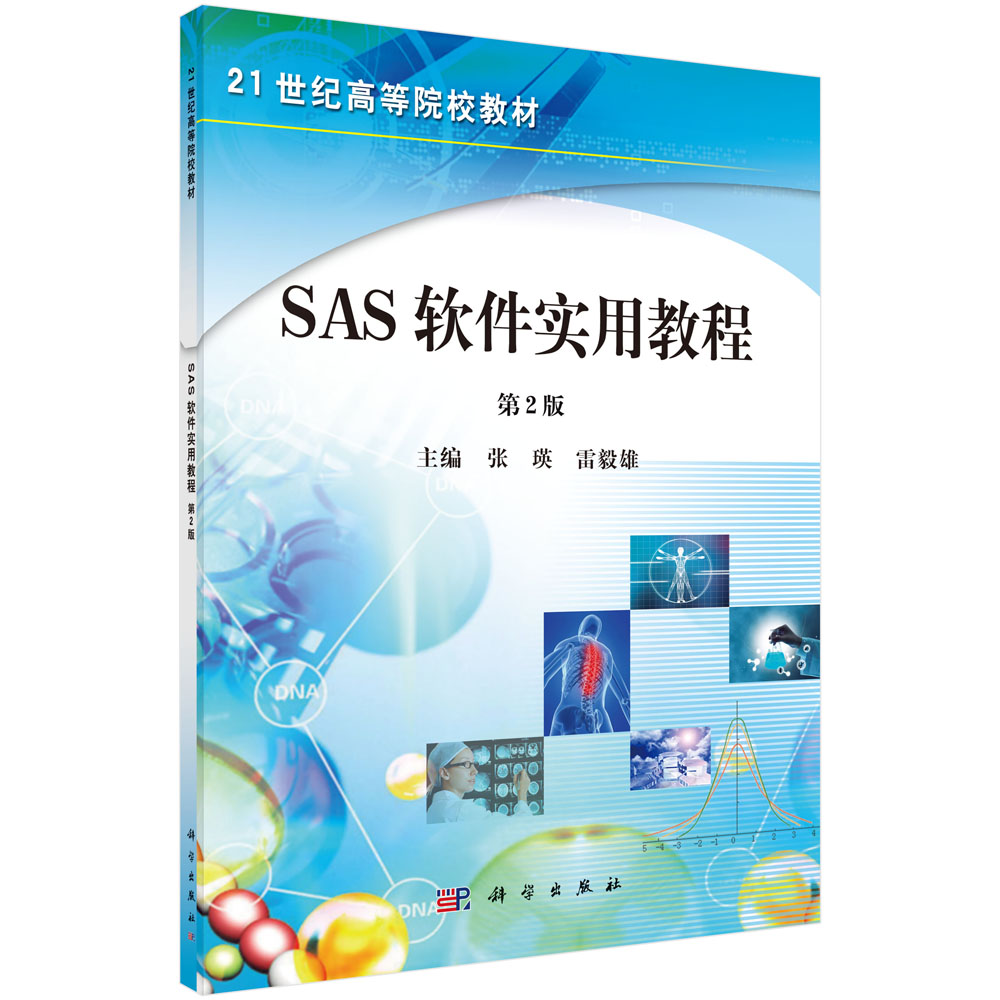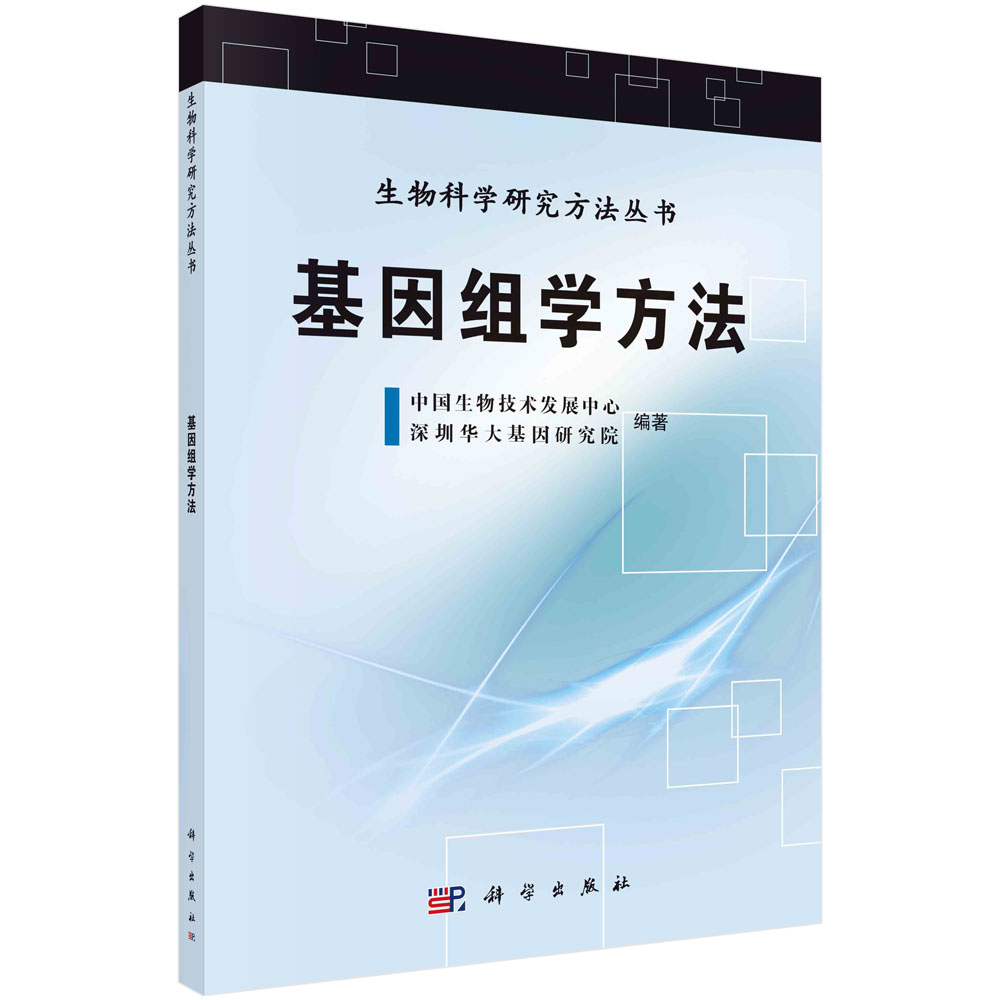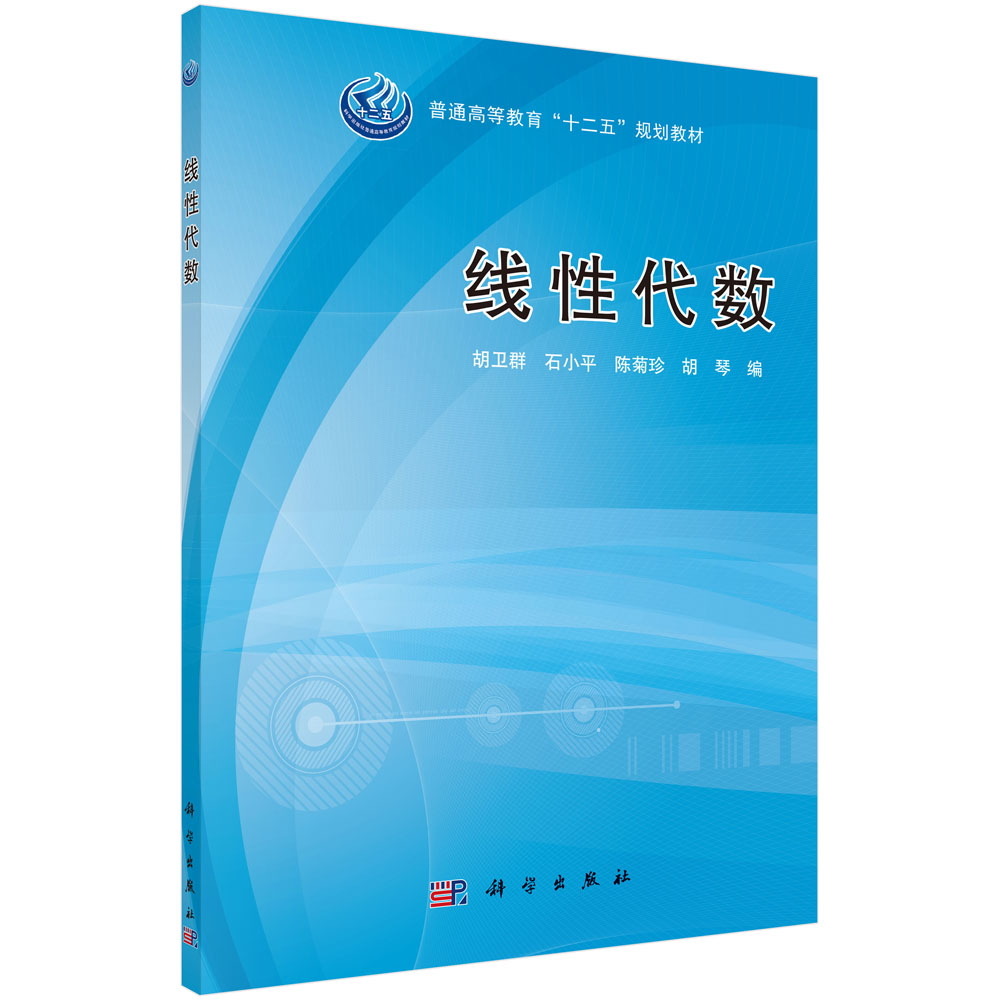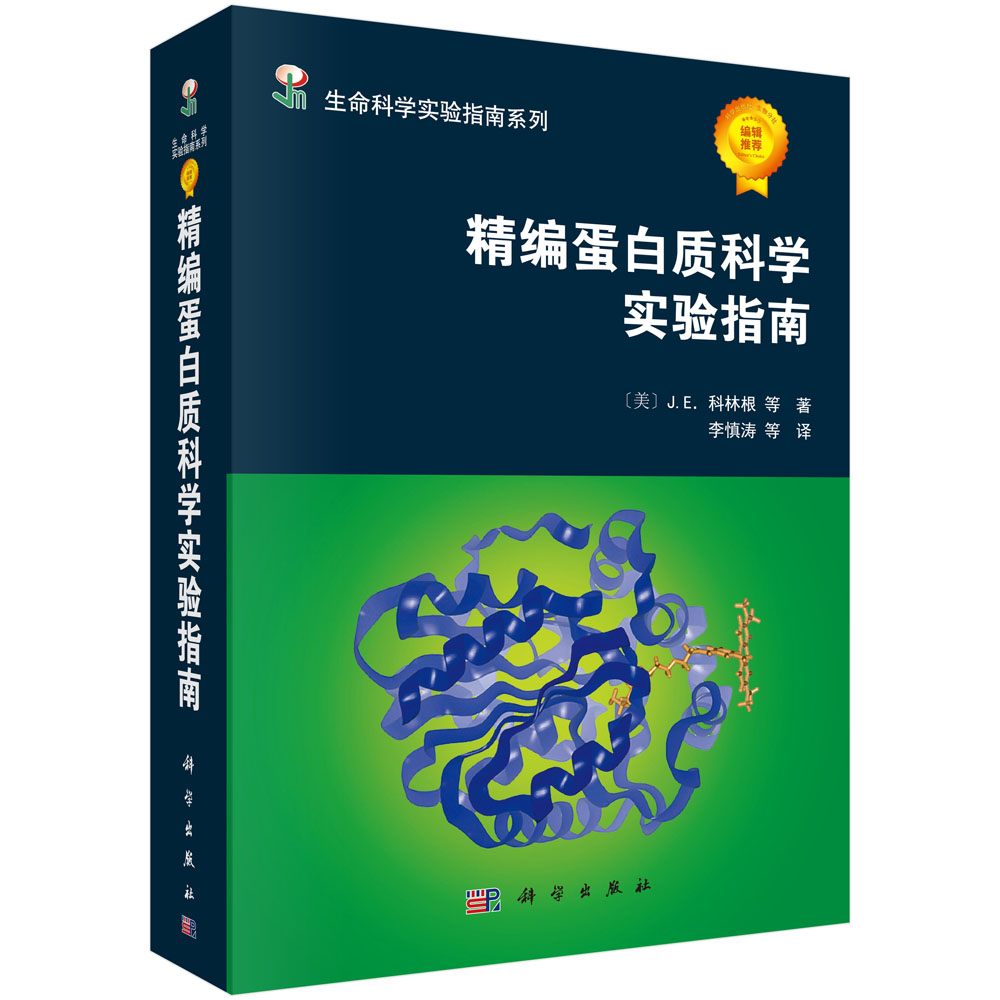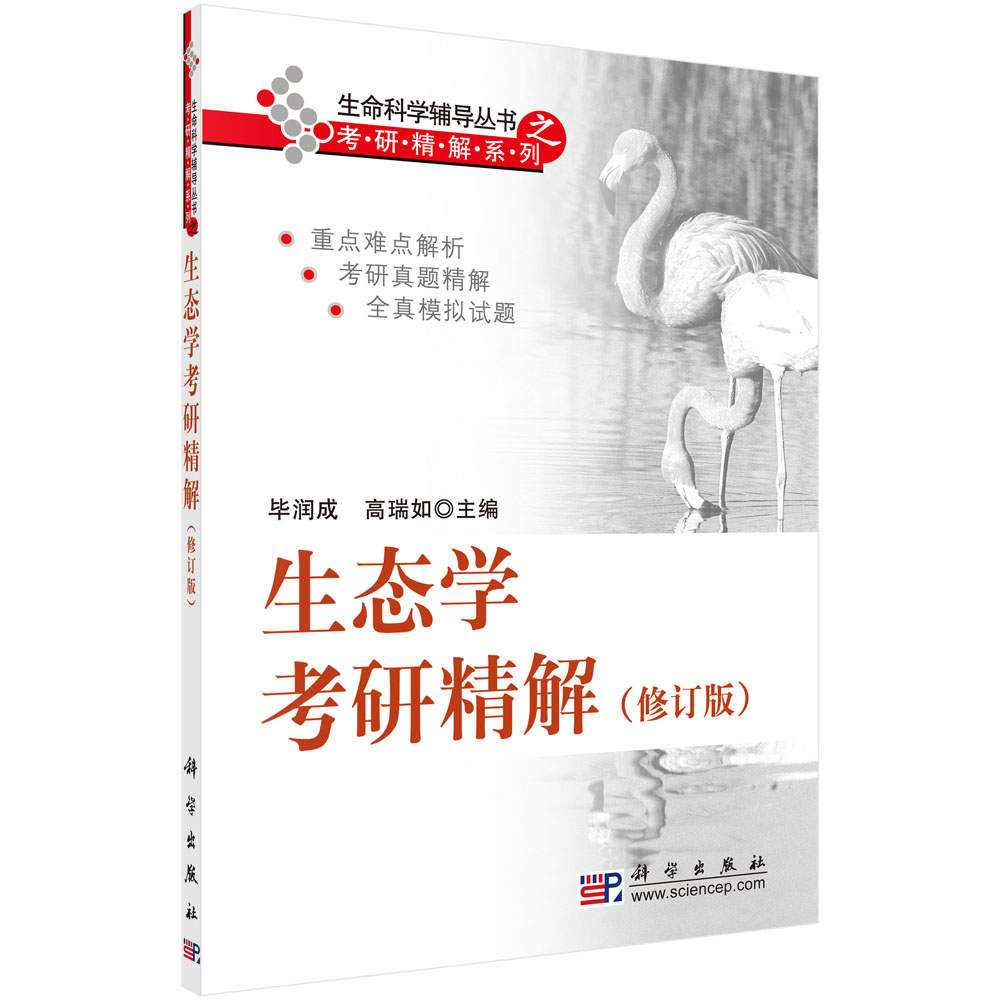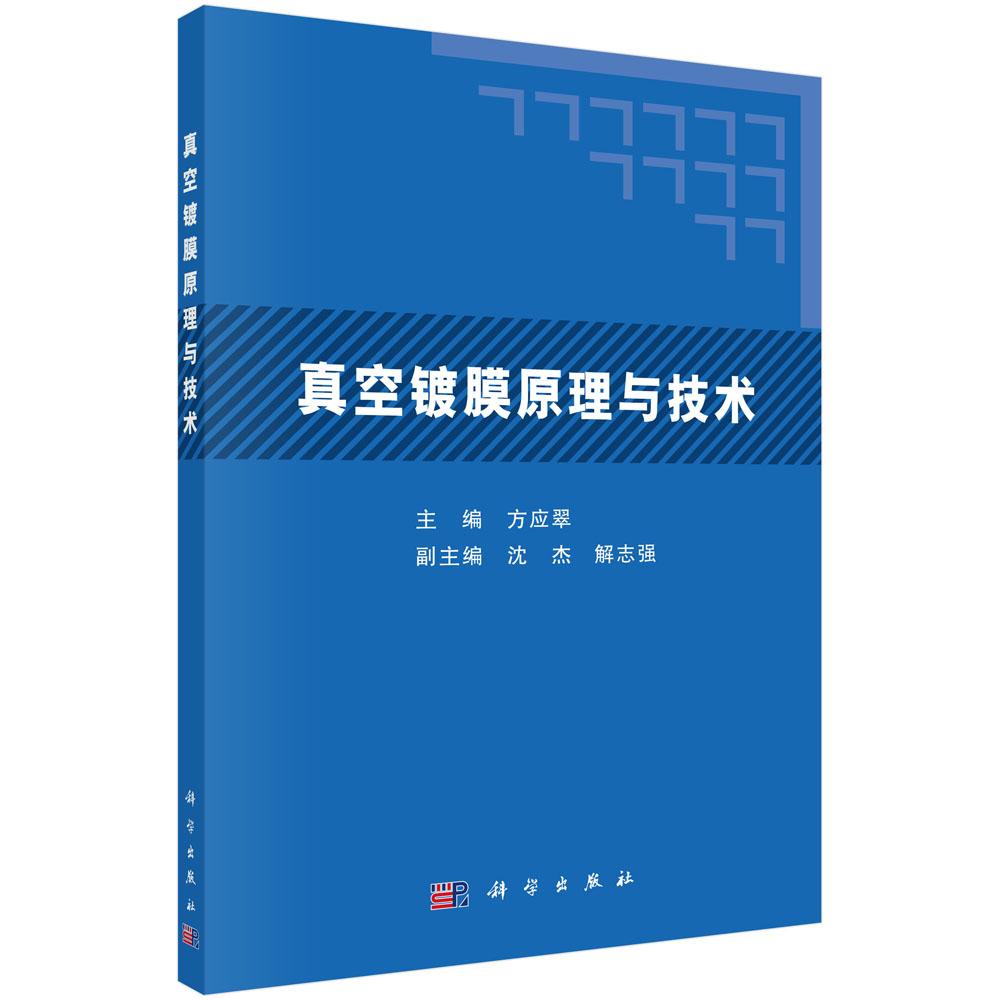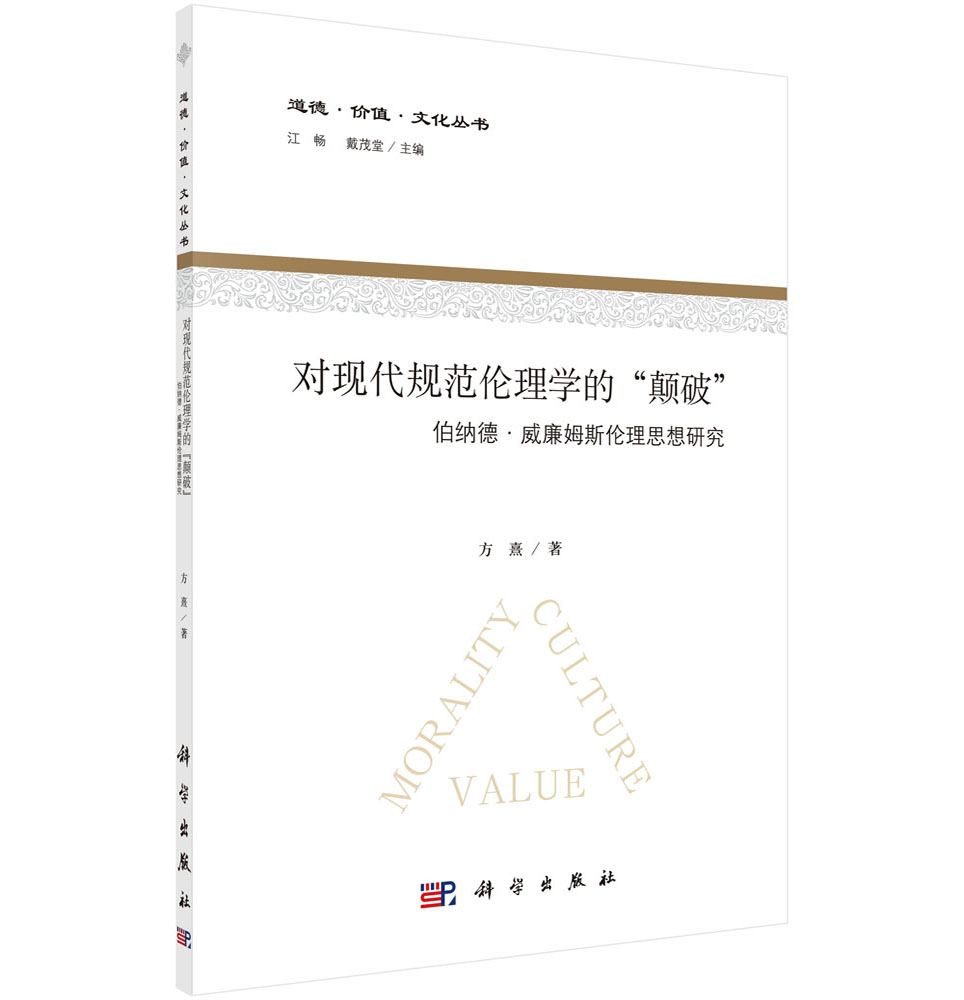本书从基础理论、劳动层面、资本层面、全要素生产率层面、经济环境层面以及现代经济增长理论与中国经济增长等六个维度研究经济增长。通过对经济增长理论和现实经济问题进行深入细致的研究,以期更好地解释经济增长的动力和源泉,深化对经济增长作用机制的认识。本书在传统经济增长模型基础上引入更加现实的因素,使得经济增长模型设定与现实经济更加一致。同时,从学科交叉融合的视角拓展经济增长模型,注重研究经济增长的微观机制,丰富经济增长理论研究主题,推动经济增长理论学科发展。此外,针对中国经济增长中存在的问题,展开有关政府政策对中国经济增长影响的理论和实证研究,提出激发经济发展活力的对策建议,以更好地服务经济决策。
样章试读
目录
- 目录
第1章 序言 1
1.1 研究背景 2
1.2 关键问题争论 4
1.3 值得关注的经济增长现象 6
1.4 本书的结构安排 13
1.5 本书的特色与创新之处 19
第2章 经济增长理论 21
2.1 经济增长理论:从特征事实到经济增长模型 23
2.2 原始的模型 26
2.3 新古典增长理论 29
2.4 资本驱动的内生增长理论 34
2.5 创新驱动的内生增长理论 41
2.6 统一增长理论 47
2.7 经济增长理论的应用 52
2.8 经济增长理论的演化逻辑 56
2.9 值得关注的问题 63
2.10 经济增长理论的未来发展 68
第3章 经济增长:需求刺激政策还是供给侧结构性改革? 71
3.1 需求管理政策:财政支出视角 74
3.2 需求管理政策:税收政策视角 80
3.3 需求管理政策:货币政策视角 86
3.4 知识产权保护政策 89
3.5 供给侧结构性改革及其作用路径 93
3.6 供给侧政策与需求管理政策的相互协调 98
第4章 供需互动引致的创新与经济增长 100
4.1 文献回顾 101
4.2 基准模型 104
4.3 社会计划者经济 112
4.4 模型的应用 116
4.5 小结 124
第5章 延迟退休、人口结构变迁与经济增长 126
5.1 特征事实 130
5.2 文献回顾 136
5.3 模型框架 141
5.4 求解和分析 146
5.5 人口增长、侵蚀效应与经济增长 152
5.6 小结 157
第6章 人力资本错配、拥挤效应与经济增长 159
6.1 人力资本拥挤效应与经济增长 160
6.2 人力资本错配与经济增长:文献视角 162
6.3 人力资本错配与经济增长:理论模型 164
6.4 中国人力资本错配测度 168
6.5 实证分析 171
6.6 小结 176
第7章 ICT 资本与经济增长 178
7.1 经验证据 180
7.2 特征事实 182
7.3 理论模型分析 185
7.4 实证分析 189
7.5 小结 196
第8章 无形资本与经济增长 198
8.1 资本产出比与经济增长 201
8.2 理论模型 204
8.3 基于跨国数据的实证分析 213
8.4 基于中国省级数据的实证分析 217
8.5 小结 223
第9章 社会资本与经济增长 225
9.1 文献回顾 226
9.2 理论模型 229
9.3 模型求解与数值分析 235
9.4 社会资本测度 242
9.5 机制分析 254
9.6 小结 261
第10章 R&D 投入、创新与经济增长 263
10.1 特征事实 267
10.2 理论模型 271
10.3 社会计划者经济及资源配置比较 278
10.4 实证分析 284
10.5 小结 295
第11章 结构变迁、扭曲与经济增长 297
11.1 特征事实 299
11.2 结构变迁原因探析 305
11.3 结构错配与经济增长 307
11.4 结构变迁与经济增长:狭义视角的分析 309
11.5 结构变迁与经济增长:广义视角的分析 316
11.6 结构性扭曲 324
11.7 小结 326
第12章 金融发展与经济增长 328
12.1 文献回顾 328
12.2 理论分析 332
12.3 实证分析 337
12.4 小结 345
第13章 制度质量、经济转型与经济增长 347
13.1 跨国制度质量比较 349
13.2 理论分析 353
13.3 实证分析 361
13.4 小结 369
第14章 孝道的代际传递与经济增长 370
14.1 理论模型 373
14.2 分析和讨论 380
14.3 模型的应用 387
14.4 小结 390
第15章 公共服务市场化、消费性支出与经济增长 392
15.1 文献回顾 394
15.2 公共服务提供理论模型 398
15.3 进一步的分析 408
15.4 实证分析 412
15.5 小结 418
第16章 中国经济增长:事实、跨国比较与展望 420
16.1 需求侧分析 425
16.2 供给侧分析 429
16.3 特征事实和国际比较 434
16.4 经济增长核算 441
16.5 中国经济增长展望 449
第17章 关于中国经济增长模型构建的思考 452
17.1 理论适用性 452
17.2 经验证据和启示 453
17.3 文献进展 454
17.4 问题与思考 456
参考文献 459
索引 491
后记 499
Contents
Chapter 1 Introduction 1
1.1 Research Background 2
1.2 Disputes on Key Problems 4
1.3 Economic Growth Phenomenon Worth Attention 6
1.4 Structure Arrangement of the Book 13
1.5 Feature and Innovation of the Book 19
Chapter 2 Economic Growth Theory 21
2.1 Economic Growth Theory: From Stylized Facts to Economic Growth Model 23
2.2 The Primary Model 26
2.3 Neoclassical Growth Theory 29
2.4 Capital-driven Endogenous Growth Theory 34
2.5 Innovation-driven Endogenous Growth Theory 41
2.6 Unified Growth Theory 47
2.7 Applications of Economic Growth Theory 52
2.8 Evolutionary Logic of Economic Growth Theory 56
2.9 Problems Worth Attention 63
2.10 Future Development of Economic Growth Theory 68
Chapter 3 Economic Growth: Demand Stimulus Policy or Supply-side Structural Reform? 71
3.1 Demand Management Policy:The Fiscal Expenditure Perspective 74
3.2 Demand Management Policy:The Taxation Policy Perspective 80
3.3 Demand Management Policy:The Monetary Policy Perspective 86
3.4 Intellectual Property Protection Policy 89
3.5 Supply-side Structural Reform and Its Implementation Path 93
3.6 Intercoordination of Supply-side Policy and Demand Management Policy 98
Chapter 4 Innovation and Economic Growth Induced by the Interaction Between Supply and Demand 100
4.1 Literature Review 101
4.2 Benchmark Model 104
4.3 Social Planner Economy 112
4.4 Model Application 116
4.5 Summary 124
Chapter 5 Postponed Retirement, Demographic Structure Change and Economic Growth 126
5.1 Stylized Facts 130
5.2 Literature Review 136
5.3 Model Framework 141
5.4 Solution and Analysis 146
5.5 Population Growth, Erosion Effect and Economic Growth 152
5.6 Summary 157
Chapter 6 Human Capital Misallocation, Congestion Effect and Economic Growth 159
6.1 Congestion Effect of Human Capital and Economic Growth 160
6.2 Human Capital Misallocation and Economic Growth: The Literature Perspective 162
6.3 Human Capital Misallocation and Economic Growth: Theoretical Model 164
6.4 Measurement of China’s Human Capital Misallocation 168
6.5 Empirical Analysis 171
6.6 Summary 176
Chapter 7 ICT Capital and Economic Growth 178
7.1 Empirical Evidence 180
7.2 Stylized Facts 182
7.3 Theoretical Model Analysis 185
7.4 Empirical Analysis 189
7.5 Summary 196
Chapter 8 Intangible Capital and Economic Growth 198
8.1 Capital Output Ratio and Economic Growth 201
8.2 Theoretical Model 204
8.3 Empirical Analysis Based on Cross-country Data 213
8.4 Empirical Analysis Based on China's Provincial Data 217
8.5 Summary 223
Chapter 9 Social Capital and Economic Growth 225
9.1 Literature Review 226
9.2 Theoretical Model 229
9.3 Model Solution and Numerical Analysis 235
9.4 Measurement of Social Capital 242
9.5 Mechanism Analysis 254
9.6 Summary 261
Chapter 10 R&D Input, Innovation and Economic Growth 263
10.1 Stylized Facts 267
10.2 Theoretical Model 271
10.3 Social Planner Economy and Resource Allocation Comparison 278
10.4 Empirical Analysis 284
10.5 Summary 295
Chapter 11 Structure Change, Distortion and Economic Growth 297
11.1 Stylized Facts 299
11.2 Causation Exploration of Structure Change 305
11.3 Structure Misallocation and Economic Growth 307
11.4 Structure Change and Economic Growth: Narrow Perspective Analysis 309
11.5 Structure Change and Economic Growth: Broad Perspective Analysis 316
11.6 Structural Distortion 324
11.7 Summary 326
Chapter 12 Financial Development and Economic Growth 328
12.1 Literature Review 328
12.2 Theoretical Analysis 332
12.3 Empirical Analysis 337
12.4 Summary 345
Chapter 13 Institutional Quality, Economic Transformation and Economic Growth 347
13.1 Cross-country Institutional Quality Comparison 349
13.2 Theoretical Analysis 353
13.3 Empirical Analysis 361
13.4 Summary 369
Chapter 14 Intergenerational Transmission of Filial Piety and Economic Growth 370
14.1 Theoretical Model 373
14.2 Analysis and Discussion 380
14.3 Model Application 387
14.4 Summary 390
Chapter 15 Marketization of Public Service, Consumption Expenditure and Economic Growth 392
15.1 Literature Review 394
15.2 Theoretical Model of Public Service Supply 398
15.3 Further Analysis 408
15.4 Empirical Analysis 412
15.5 Summary 418
Chapter 16 China’s Economic Growth: Facts, Cross Country Comparison and Prospect 420
16.1 Demand-side Analysis 425
16.2 Supply-side Analysis 429
16.3 Stylized Facts and Cross-country Comparison 434
16.4 Economic Growth Accounting 441
16.5 Prospect of China’s Economic Growth 449
Chapter 17 Reflection on the Construction of China’s Economic Growth Model 452
17.1 Theoretical Applicability 452
17.2 Empirical Evidence and Enlightenment 453
17.3 Literature Progress 454
17.4 Problems and Thoughts 456
References 459
Index 491
Postscript 499
